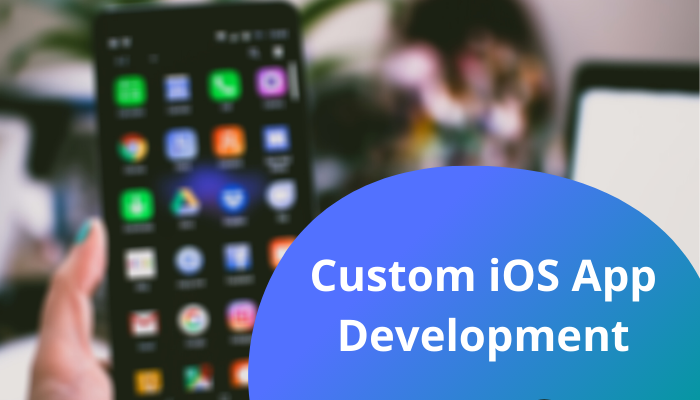Custom iOS app development is not an easy task! Many developers and companies love to develop an app for the “elite” section of society by developing iOS apps. However, many things are considered, while many things often confuse owners of a non-technical product.
Therefore, in this write-up, we will solve one such common confusion while providing insights on how to master it.
Ye, we are talking about adding universal links and deep links into your iOS application with significantly less effort.
So, start, shall we?
What are deep links, URL schemes, and universal links?
Many believe that URL schemes and deep linking are the same, but that is not true! Let us tell you how are they different:
What is deep linking?
The term “deep linking” refers to a route that makes the user reach a particular spot into the app or website. Therefore, a deep link holds the information used when a user navigates deeply into an app section rather than just launching the app in a mobile application.
What is a URL scheme, and how does it work?
A URL scheme is a URL (link) explicitly designed to open a particular application. For example, any application built for iOS can access WhatsApp by clicking on “WhatsApp://” URI by utilizing the URL scheme. This option is available for users since WhatsApp is registered as “WhatsApp” on the app store.
However, if you wish to send a “hey” in WhatsApp, the URI would need to be “WhatsApp://send?phone(the actual number)&text(hey).”
This will take the user to the desired chatbox with the text pre-filled. This is what deep linking in action looks like.
What is a universal link? And why is it needed?
The URL scheme works okay if the app is installed on the user’s phone. However, if the URI is missing, then the URL does not work. Hence the deep link will also not function.
In such cases, a helping hand could be:
- Let the user navigate to the website through the mobile browser; then, you can redirect the application or display a prompt to download the app via the app store.
- A better way is to directly access the app if available on the phone rather than redirecting to the website. However, if the application is not installed on the device, open the website, and display a prompt to download it from the app store. This is the perfect definition of the working of a universal link.
iOS app development is incomplete without universal linking. Therefore one should be thoroughly aware of it. Let’s proceed further and understand the issues developers often face while incorporating universal links:
Universal links provide the iOS application with ease and elegance. However, it is not easy to incorporate it into the iOS app. The integration required a guided and professional approach.
Unfortunately, you are likely to encounter a lot many bugs and issues once the linking is integrated. Since it deals with all- Android, iOS, and the web, there is a definite need to align all elements in harmonious co-operation seamlessly.
Therefore, unless you are dead sure of implementing universal linking into your iOS application and are willing to put all your time and resources into it, you should also look for some alternate or any other more accessible way to get the task done without much of a hassle. Or you can simply hire a professional who knows how to work their way with universal linking in custom iOS app development.
The Solution:
The idea is to make the web URL, the real HTTP link of the site to work as a universal link.
But the question is- How?
In Android, connecting an HTTP link to the application is comparatively easier if you assume the user can navigate to your application while tapping the link, if available, or come back to the site if not. At most, what you’ll have to do is verify the domain ownership.
However, for iOS, it is impossible to utilize the HTTP link to access the application. To make sure you get to the app, you will have to integrate universal links to it.
Smart banner of iOS:
The smart banner provided by iOS is one of the most intelligent techniques that helps an iOS application owner to promote her/his application via their website. You can include the meta tag of your app’ id on your official website, and the Apple browser (Safari) will display a smart banner.
When a user taps this banner, the application is automatically opened (if installed), or the user is navigated to the app store, in case s/he doesn’t have the app installed.
This way, you can attain visibility for your iOS application through your website.
Conclusion:
iOS app development is a careful culmination of several aspects to be considered before hopping on with the product and deployment. Sure, applications developed for the Apple app store are considered one of the best, owing to their neat, impressive, and responsive user interface. Still, it is also true that these applications have to go through several quality tests before they get approved on the app store.
Therefore, if you plan to get into the iOS business, then you must make sure to miss out on nothing.
Since the competition is exceptionally high, and all your rivals are equally efficient (some may be better). You must make sure to develop your iOS application so that it is ready to outshine already.










